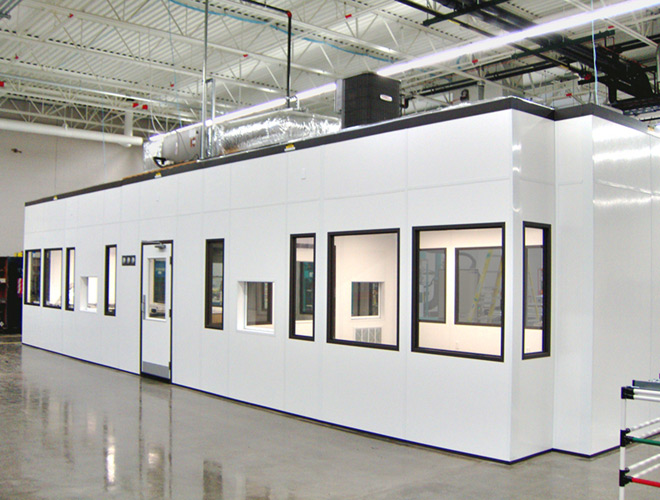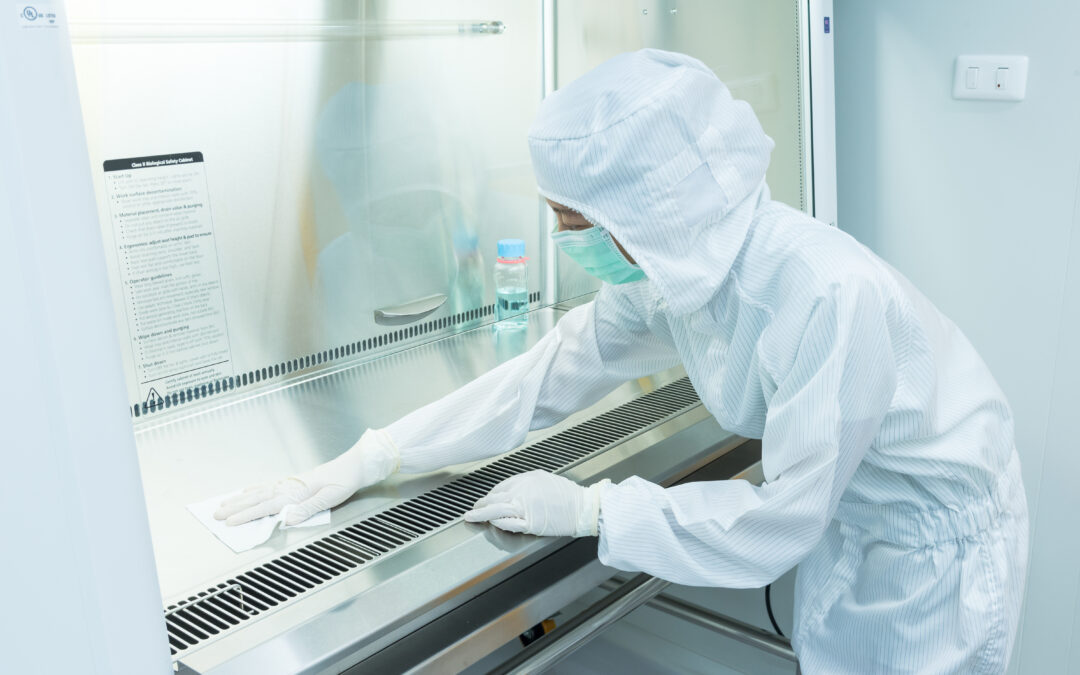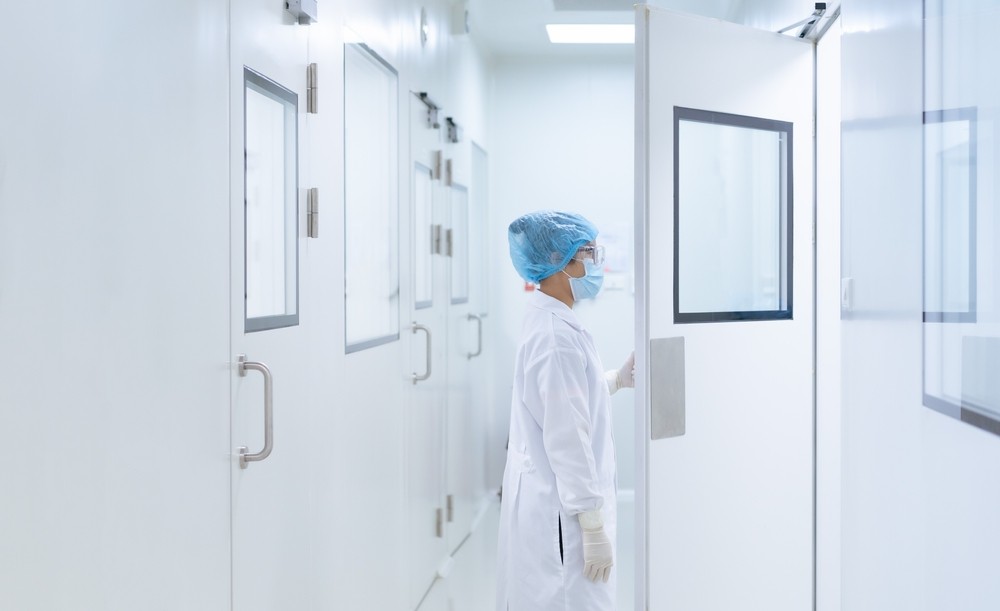
The Hidden Pitfalls That Derail Cleanroom Design Projects (And How We Prevent Them)
After more than three decades designing and building cleanrooms across industries, we’ve learned an important truth: it’s rarely the obvious issues that derail a project.
Instead, subtle design oversights (the ones that don’t show up until much later) can trigger contamination risks, compliance failures, and costly retrofits.
In this article, we’ll share the three most common pitfalls we see in cleanroom design, even on well-funded, well-planned projects, and how our team helps clients avoid them before they turn into expensive problems.
How To Avoid the Top 3 Pitfalls in Cleanroom Design
Designing a cleanroom is complex, but understanding the most common mistakes can save you time, money, and compliance headaches. And these aren’t just the obvious mistakes—these are the pitfalls our engineers see time and again that can derail projects months later. Thankfully, we know how to navigate these challenges.
Pitfall #1: Overlooking Airflow Patterns
The Problem:
Airflow is the heart of any cleanroom. If airflow isn’t designed correctly, you risk:
- Creating areas where contaminants can collect.
- Allowing particles to flow directly onto sensitive work areas.
- Failing to achieve the required air changes per hour (ACH) or proper pressure differentials.
- Falling short of ISO classification requirements—leading to compliance issues and costly downtime.
How Angstrom Prevents It:
Our in-house engineering team ensures optimal airflow by:
- Using advanced modeling to design patterns that meet or exceed required cleanroom classifications.
- Strategically positioning HEPA or ULPA filters to maintain air quality.
- Balancing pressure differentials for proper contamination control.
- Determining the best airflow type (laminar or turbulent) for your process.
- Collaborating early with your team to ensure airflow supports your manufacturing needs.
Pitfall #2: Underestimating Space Requirements
The Problem:
Poor space planning can cause:
- Cramped workflows that slow productivity.
- Safety hazards for operators and technicians.
- Limited room for proper gowning, material flow, or storage.
- Costly disruptions when future expansion or equipment changes are needed.
How Angstrom Prevents It:
We design cleanrooms with efficiency and growth in mind by:
- Analyzing workflow, equipment placement, and operator movement to optimize layout.
- Allocating dedicated space for gowning rooms, material staging, and storage.
- Planning for future expansion without disrupting operations.
- Coordinating with your team to align space needs with both current and long-term goals.
Pitfall #3: Failing to Plan for Future Validation & Compliance
The Problem:
Without proper planning for ongoing compliance, you may face:
- Difficult or disruptive re-certification processes.
- Limited access to equipment or systems during inspections.
- Unexpected costs for modifications to meet updated standards.
- Risk of noncompliance with regulatory requirements or failure to maintain required cleanroom classifications.
How Angstrom Prevents It:
We design cleanrooms to make compliance simple by:
- Ensuring easy access to equipment, filtration systems, and utilities for inspections and repairs.
- Aligning designs with ISO standards, USP 797/800 guidelines, and industry-specific regulations from the start.
- Incorporating features that support smooth re-certification and maintenance.
- Offering lifecycle services—including maintenance, re-certification, and upgrades—to keep your cleanroom compliant for the long term.
Angstrom Technology: A Cleanroom Design You Can Trust for the Long Term
Avoiding these pitfalls isn’t just about saving money in the short term—it’s about protecting your investment, ensuring compliance, and creating a space that works for you well into the future.
When you partner with Angstrom Technology, you get a consultative team that anticipates challenges, solves problems before they happen, and supports you through the entire cleanroom lifecycle and beyond.
Ready to start your cleanroom project? Contact our design experts today or download our Cleanroom Product Guide to take the first step toward a high-performance, future-ready cleanroom.






